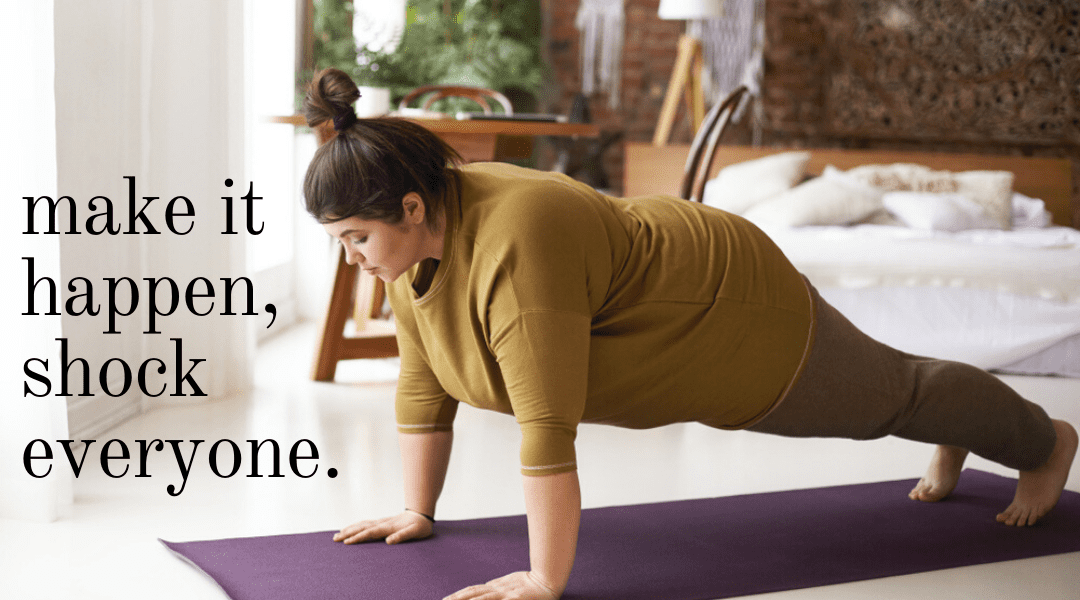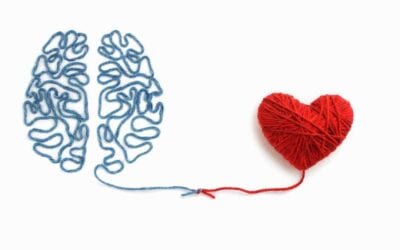Physical Vs Mental Fitness
There is but one way to live life to its fullest- being fit. Understanding the benefits of all-round fitness and knowing how active you should make it easier to improve the overall quality of your life. To help you live better, here’s how you can benefit from mental and physical exercise regardless of your age, sex or physical ability.
When talking about fitness, both mental and physical fitness come into play. More often than not, physical fitness gets plenty of attention, and for a good reason. A healthy body can counter conditions such as heart disease and diabetes, and help you maintain confidence as you age.
However, mental fitness is just as important as physical fitness, and should not be neglected in your self-betterment plans.
Mental fitness means having a brain and emotional health in tip-top shape. It may not necessarily mean training to ace an IQ test, but a series of exercise that helps slow down, decompress and boost a flagging memory.


Aerobics (cardio)
Aerobics involves maintaining an increased heart rate for an extended period of time. Types of cardio exercises include running, swimming, biking, rowing, dancing, and jumping rope.

Strength
Also called Resistance Training. It’s a physical activity with the purpose of increasing muscle strength and mass. Examples include weightlifting, dumbbell and bodyweight exercises.

Balance
This is where you activate your abdominal muscles for stability and control of your body. Balance exercises can include yoga, tai chi and stability ball exercises.

Flexibility
Bragging about how much you can bench is no fun if you have trouble tying your shoes. Flexibility saves you from tight hips, hamstrings, hip flexors and makes you as strong as you can be.

Why you need to be fit and importance of physical fitness
Weight control leads you towards fitness
Along with diet, exercise plays an essential role in managing your weight and preventing obesity. To maintain your weight, the calories you are taking must equal the energy you burn. To lose weight, you must utilize more calories than you eat and drink.
Manage your sugar and insulin levels
Exercise can reduce your blood sugar level and help your insulin work effectively. This can lower your risk for metabolic syndrome and type 2 diabetes. And if you already have one of those diseases, exercise can help you to maintain it.
Feel Happier through fitness
Exercise has been shown to improve your mood and reduce feelings of depression, anxiety, and stress. It produces variations in the parts of the brain that control stress and anxiety. It can also boost brain sensitivity for the hormones serotonin and norepinephrine, which relieve feelings of depression.
Better Mental Health and fitness
Regular exercise can have an extremely positive influence on depression, anxiety, ADHD, and more. It also relieves stress, increases memory, helps you sleep better, and boosts your overall mood. You don’t have to be a fitness fanatic to reap the benefits – browse through our site and discover how to reap these benefits.
How to Achieve Mental Fitness
Be positive with yourself and improve your fitness
Affirmation, or positively talking to yourself, involves strengthening neural pathways to bring your self-confidence, well-being, and satisfaction to a higher level. To start, make a list of your good qualities. Remind yourself that you don’t have to be perfect. Set goals for what you want to make better and start small to avoid becoming confused.
Stop Multitasking
Many think that multitasking enables you to get more things done at once, but it creates more problems than it solves. Focusing on one task at a time will improve your concentration and help you to be more productive.
Try Something Different
New practices can also set you on the way to mental fitness. You can fit new approaches into your daily life by trying new foods, new ways to accomplish routine tasks, traveling to new places or trying a new route to the grocery store.
Read More
Reading is great for your brain. Your brain processes every word you read, including this one. Beyond the mechanics, reading helps you visualize the subject matter on the pages before you, and imagine what voices sound like in the written dialogue.
This can also be a great relaxation technique
Top Fitness Tips for Mental and Physical Exercise.
General physical fitness and targeted exercises to improve stability can prevent falls. But so can staying mentally ready to maintain brain health. A sharp mind helps you to think — and stay — on your feet. Join us and learn to strike a balance.
Top 10 Low Carb Nutritious Fruits
Low carb fruits are an exceptional dietary intake. They have heaps of fiber and gives you long term energy without putting on the dreaded weight and body fat. It a much better alternative to the crappy snack food.
Where is your heart and where is your mind?
Is there a link between the body and mind? Can they impact each other? Is it at all possible? What do you think?
How to Cleanse Your Soul in 4 Easy Steps
Let’s be completely honest. At some point in our lives, we have all been sold on the idea that our souls were the quintessence of divinity and perfection.
150 Exercises You Can Do
As a bonus, we are giving a free fitness exercise ebook to start your healthy lifestyle
Hamstrings and Calves Stretch
Often hamstrings and calves can become tight as a result of poor posture, always sitting down as a result of our inactivity sedentary lifestyle. This lifestyle shortens the hip flexor muscles cause the hamstrings to tighten.
As well, calves and hamstrings can tighten by overuse such as running.
It is vital to have the full motion in hamstrings to avoid the hip flexors to tighten that could result in pelvic tilts that lead to lower back problems.
The Hamstrings and Calves Stretch will maintain and improve the flexibility of the hamstring, calf muscles and Achilles tendon.
This stretch is recommended for people who suffer or prone with plantar fasciitis issue (feet issues), the thick weblike ligament in your feet that act as shock absorbers.
This is very beneficial when you warm up before for a workout routine or exercise to ensure a good blood flow around and removing any toxins around the muscles.
For runners, it will help in your stride.
Time
3-8 Minutes
Muscle Group
Calf Muscles, Plantar Fasciitis Achilles Tendon
Difficulty
Easy to Difficult
Fitness Type
Strength

Safety Tips
Try always to keep your back straight and make sure not to slump forward. Also, if you have any injury or chronic pain in your legs, hips or back, visit your doctor first before executing this exercise. While stretching, you will feel the tension in your muscles, but should not feel any pain. If there is pain, end the stretch.

Number of Reps and/or Length of Time
Beginners
3-5 minutes
3-5 reps
5-10 second hold
2-3 Sets
Head 30-60 cm (12” -24”) from the knee
Intermediate
3-7 minutes
3-5 reps
10-20 second hold
2-3 Sets
Head should be 15-30 cm (6”-12”) from knee
Advanced
4-8 minutes
3-5 reps
15-40 second hold
2-3 Sets
Head should be touching the knee
Instructions
Step 1 Watch the instructional video, then read the following for clarification.
Step 2 Sit on your mat with your leg apart, 45-90 degree angle but straight in front of you.
Step 3 Reach forward with both hands reach one foot or with the towel hooked over the top of the foot.
Step 4 Gently pull back, allowing your right foot to slowly bend up toward your knee while keeping your knee straight. And hold.
You should feel a slight stretching feeling in the back of your calves, back of knee, hamstring and the hip
Step 5 Release, rest for a few seconds and repeat 2-3 on the same leg to that you feel comfortable.
Step 6 Repeat steps 2 to 4 on the left foot and leg..
Step 7 Rest for a few seconds and repeat the set to your level.
Exercise Notes
- Most people will not able be able to touch their toes in this exercise. It is suggested that you use a towel or rope to help by throwing it over the top of your foot with stretching.
As you become more flexible, you will eventually touch your toes and slow as you progress be able for your head to your knee.
- This stretching exercise should be undertaken after a short 2-4 minute warm-up. The warm-up can be as simple as shaking your body or jumping up and down on the spot. This warm-up will start the blood flow and begin to move any toxins around the muscles.

Fitness Tip
Choose a fitness regime that fits into your lifestyle. Though do try to make it at least 4 vigorous sessions of a minimum of 30 minutes each.
Other Exercises you may like
Register Now
Sign up today and Get Expert Fitness Advice Right delivered right in your mail




